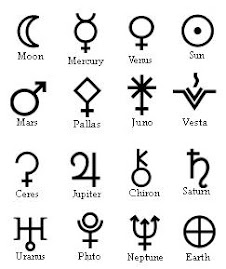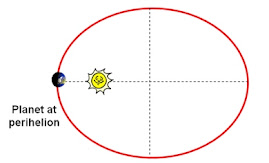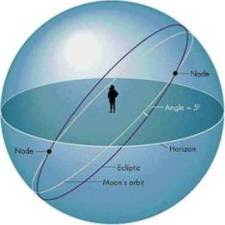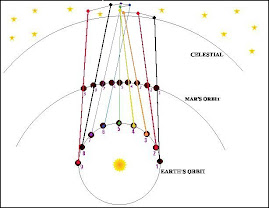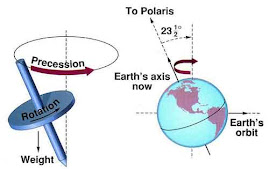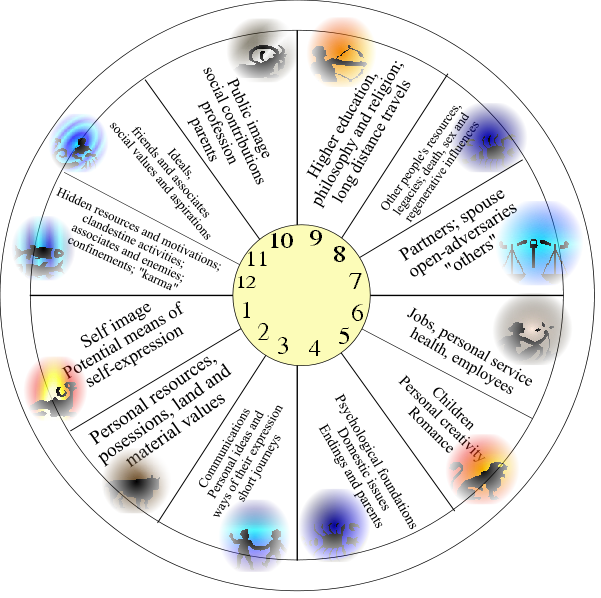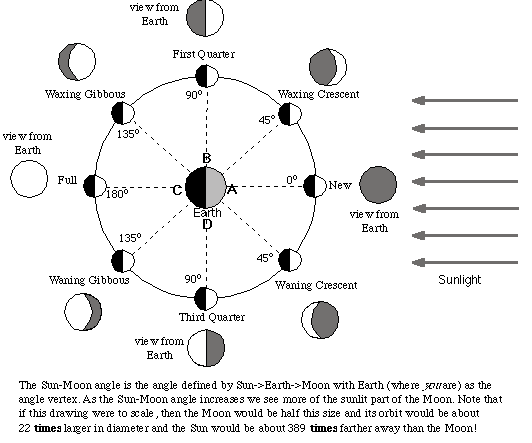The philosophical premise upon which Psychological Astrology is based is that the individual's reality springs outward from his inner landscape of thoughts, feelings, expectations and beliefs. For instance, in astrological symbolism Saturns represents limitation, restriction and boundaries, whereas the 11th house represents the person's friends, peers and community in his everyday life.
If we take the example of a university student whose natal Saturn is in the 11th house of his birth chart, he is likely to show up as a problem of having trouble with his friends and study mates in his campus life. Yet, in terms of Psychological Astrology, that interpretation may represent just the tip of the iceberg.
Conflict with friends is only an outer manifestation of something which the student himself is responsible for creating. His relationship difficulties with his study companions is the surface manifestation of something much deeper. The deeper psychological issue is probably a fear of expanding his boundaries to include something other than himself. There is likely to be an internal conflict. He may want to become greater individual than what he already is, and yet he is afraid of endangering the identity that he already possesses. Any planet placed in the 11th house in his birth chart will urge him to encompass a greater reality, but his Saturn, being restrictive in archetype, will hold him back mentally and caution him to preserve what he is already familiar or comfortable with.
The student now understands that it is not lousy friendship that is restricting his development. Rather it is his own restrictions which limit his friendship. He then obtains a better insight into his own inner psyche. Rather than telling him "Sorry, your friends are no good", the astrological chart now opens up his growth potential. He now understands that what he sees in life is coloured by what he expects to see. He may then appreciate that difficulties with friends is but a necessary and productive phase of his campus experience, and it would benefit him to grow side by side with his constant challenge of making friends.
In carrying the astrological interpretation further, a knowledge of the sign placement of Saturn often provides useful insight as to why the student might experience difficulty. For instance, the student with the Saturn in Aries in 11th house may experience difficulty in making friends because he is unable to assert himself in a group situation. A Saturn in Taurus may shy away from socialising with friends simply because he is financially thrifty. A Saturn in Gemini suggests that the difficulty may lie with the way he communicates with others. A Saturn in Cancer may find socialising with friends burdens his responsiblities to his family. On the other hand a Saturn in Leo may annoy his peers too much because he does not want to play "second fiddle" to anyone else. For a Virgoan Saturn, his group mates may find him too serious and worrisome with regards to small matters.
Sometimes, a Saturn in Libra may provide us with the clue that the student harbours an inferiority complex that limits his interaction with people. The student with Saturn in Scorpio may be too demanding of others in terms of responsiblity and overwhelms his groups mates who do not want to carry their share of the load. The student with Saturn in Sagittarius may clash with his friends in terms of religious or philosophical differences. The student with Saturn in Capricorn mistrusts others' ability to live up to his standards and therefore unable to delegate responsibilities during group work. The student with Saturn in Uranus may strike his group mates as being too offbeat and unconventional in his ideas whereas the student with Saturn in Pisces may be too sensitive, too paranoid and too gloomy to attract his friends' company.











